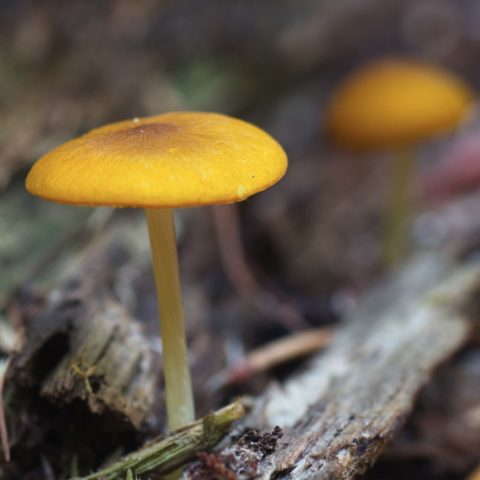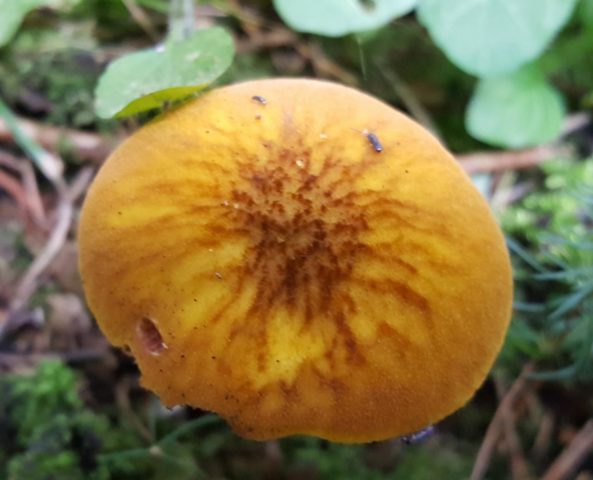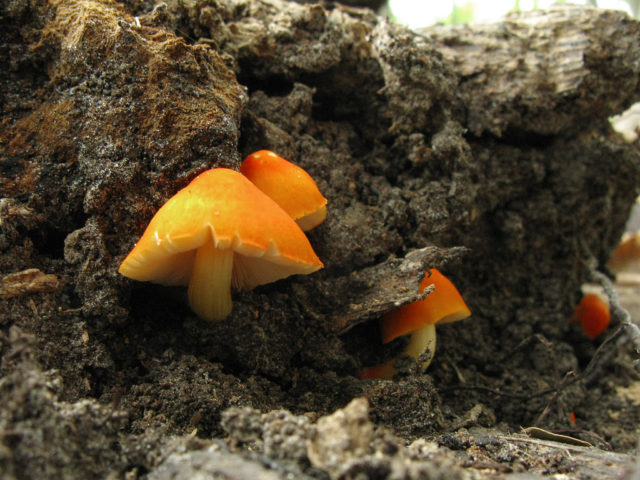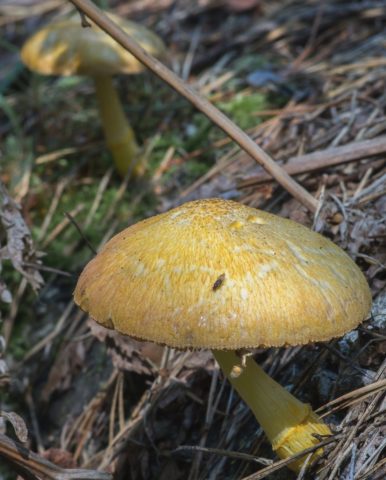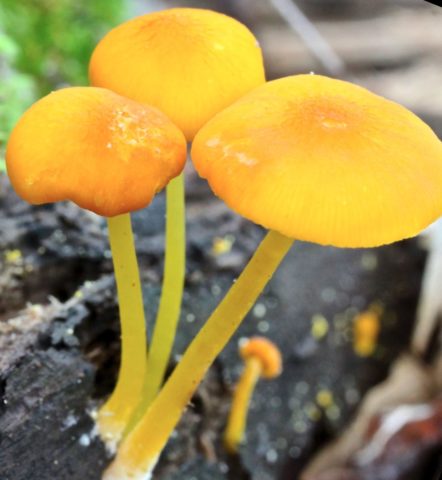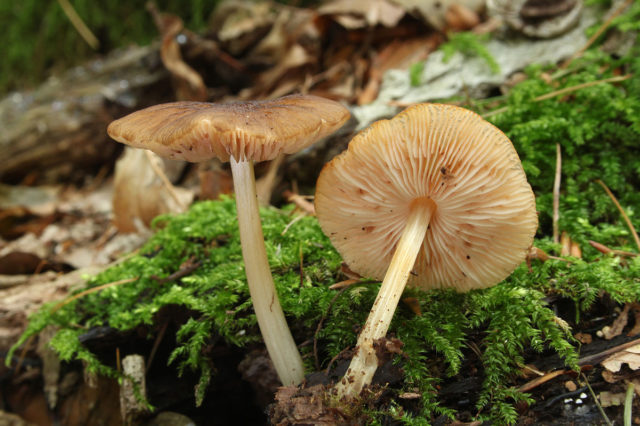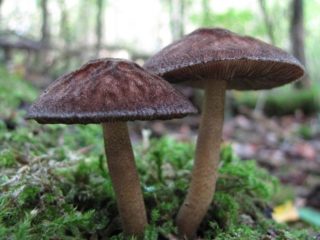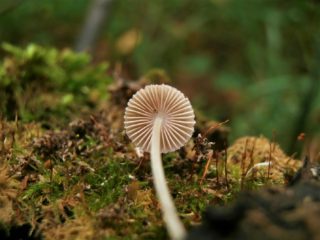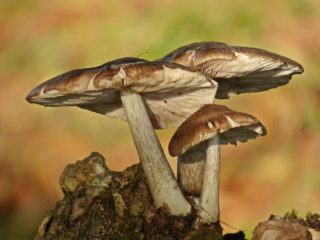Content
The golden-colored roach belongs to the uncommon mushrooms of the Pluteev family. Second name: golden brown. It is distinguished by a bright color of the cap, so inexperienced mushroom pickers class it as poisonous, in fact, it does not pose a danger to human health.
What does a golden-colored rogue look like?
Pluteus chrysophaeus (pictured below) is a medium-sized mushroom. Its height does not exceed 5.5-6.5 cm. The pulp has a yellowish-gray color, the color does not change on the cut. The fruit body does not differ in pronounced taste and aroma, therefore it has no nutritional value.
Description of the hat
The hat can be conical or convex-outstretched. Its diameter ranges from 1.5 to 5 cm. It is thin, with a smooth surface. Acceptable color - from yellow-olive to ocher or brownish, pale yellow along the edges. Radial wrinkles are visible in the center.
The plates under the cap are densely formed. The shade is pale, almost white, with old age it acquires a pinkish color due to the spore powder falling out.
Leg description
The maximum height of the leg reaches 6 cm, the minimum is 2 cm, the diameter is up to 0.6 cm. The shape is cylindrical, with expansion towards the base. The color is cream or yellowish, the structure is fibrous, the surface is smooth.
Where and how it grows
The golden brown wicker belongs to the saprotrophs, so you can see it on the stumps of deciduous trees. Most often, these fruiting bodies are found under elms, oaks, maples, ash trees, beeches, and poplars.
The area of growth of mushrooms in Russia is the Samara region. The largest concentration of saprotrophs was recorded in this region. You can meet a golden-colored representative of the mushroom kingdom in a number of European countries, as well as in Japan, Georgia, and North Africa.
Mushrooms appear in the first days of June and disappear with a cold snap - at the end of October.
Is the mushroom edible or not
The golden-colored rogue is very rare, therefore it has not been fully studied. It is believed to be edible, since there is no official confirmation of its toxicity.
Mushroom pickers avoid harvesting this species due to its unusual coloration. There is a sign: the brighter the color, the more poisonous the fruit body can be.
Doubles and their differences
Among the representatives of the plute, there are quite a few medium-sized specimens with a yellow cap. For example, golden-colored cakes can be confused with the following:
- Lion yellow... It belongs to the edible, but poorly studied species. Differs in larger sizes. In Russia, they are met in the Leningrad, Samara and Moscow regions.
- Orange-wrinkled... Refers to inedible species.It differs from the golden ones in the brighter color of the cap, it can be orange-red.
- Fenzl's Clown... There is no data on the toxicity of this mushroom representative. The main difference is the presence of a ring on the leg.
- Golden vein - a smaller representative of the Pluteevs. Edible, but the unexpressed taste and aroma casts doubt on its nutritional value.
- Veined... There is no exact information about the edibility of this variety. Differs in brownish cap color.
Conclusion
Golden-colored rods can be found on stumps and fallen trees, living wood. This is a rare and poorly studied species, in terms of edibility it raises doubts. There is no official confirmation of the toxicity, so it is better to refrain from collecting a bright specimen.
